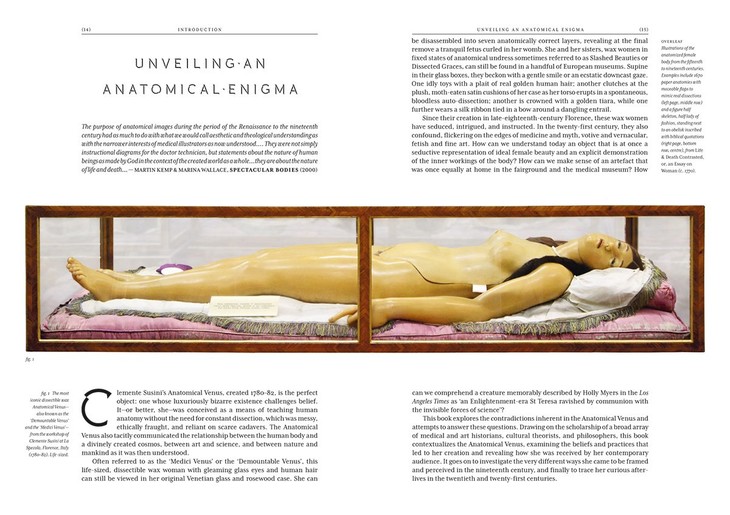Title: Reviving the Silk: A Journey into the World of Silk-Fitting
In the tapestry of Chinese culture, the silk has always played a significant role, symbolizing elegance, warmth, and luxury. From the ancient Emperor's robes to the modern fashion trends, silk has always been a vital part of China's textile history. However, as time marches on, the demand for silk textiles has diminished, and many of the traditional silk-making crafts have nearly disappeared.

One such craft is silk-fitting, an art that dates back to the Ming Dynasty (1368-1644). It involves the restoration and reconstruction of old silk textiles, often with the help of traditional Chinese patterns and designs. The process is both meticulous and challenging, requiring a deep understanding of silk physics, as well as a keen eye for detail and design.
One day, I stumbled upon a small workshop in the heart of Beijing that specialized in silk-fitting. The workshop was run by an old master, who had been practicing this craft for over 30 years. He spoke with great pride about his craft, and how it was not just about restoring old silk textiles, but also about preserving and passing on a legacy that dates back thousands of years.
The master began by showing me some of his works in progress. One was a Ming Dynasty robe that had been water-damaged and was in dire need of restoration. The silk was so old that it was brittle and prone to breaking. The master delicately cleaned it with a special solution, and then used a technique called "gold-threading" to reinforce the silk with a fine gold thread. This not only made the silk stronger but also gave it a beautiful sheen.

Another project was a set of modern silk pajamas that needed to be reshaped and refitted to their original state. The master used high-quality silk thread to carefully stitch them back into shape, ensuring that every stitch was even and precise. The final result was a set of pajamas that looked as good as new, if not better.
I also watched the master work on a particularly challenging piece - an antique Chinese silk robe that had been soiled and stained with age. The master cleaned it carefully, using a variety of solutions to remove the stains and restore the original color of the silk. The process took hours, but when he finished, the robe looked like it had just been made - clean, bright, and beautiful.
As I watched the master work, I could feel his deep love and respect for his craft. He said that every stitch he made was not just about repairing or restoring something old, but about preserving a piece of history and culture for future generations to come. His words resonated with me deeply, and I left the workshop with a renewed sense of appreciation for the silk and its role in our history and culture.

In conclusion, the art of silk-fitting is not just about repairing or restoring old silk textiles; it is about preserving and passing on a legacy that dates back thousands of years. It is a craft that requires a deep understanding of silk physics as well as a keen eye for detail and design. It is an art that deserves to be treasured and passed on to future generations so that they too can experience the beauty and warmth of China's silk heritage.
Articles related to the knowledge points of this article:
Folding Winter Coats: A Step-by-Step Guide
Unveiling the Enigmatic Allure: The Enchanting World of Womens Scarves
Moms Scarf: A Symbol of Love and Strength
Feather in the Snow: The Story of a Down Jacket
Title: The Art of Airline Flight Attendant Scarf Tying: A Detailed Guide



